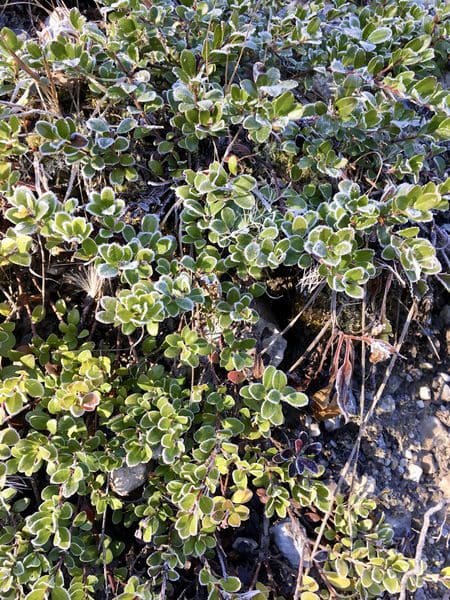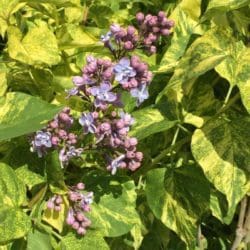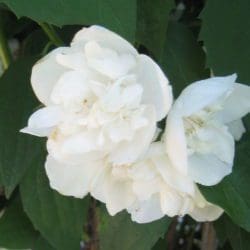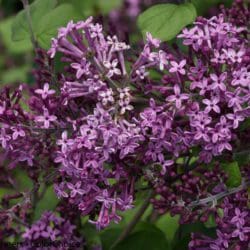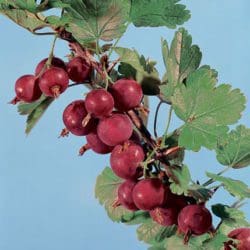Description
Full sun, full shade, rabbit resistant, drought resistant, zone 2
Arctostaphylos uva-ursi
Pot size #1, #2
Though they can be eaten raw, Kinnikinnick (also known as Bearberry) berries are dry and almost flavourless. However, cooked bearberries are delightful, as the cooking process brings out their sweetness. Excellent for making jams and preserves, as well as beverage flavouring. They can also be used in savoury dishes such as stews or sauces to improve flavour.
The berries of the Kinnikinnick are not the only edible feature the plant offers! You can also dry the leaves in order to brew herbal teas. Often Bearberry tea is used to prevent kidney problems and can help treat infections. Bearberry leaves can be combined with other medicinal plants such as yarrow, dandelion, and couchgrass to make special herbal fusions for other ailments.
An evergreen that spreads on the ground and is described as being mat-forming. Used most often as a ground cover. The leaves are a dark shiny green and bell-shaped white-pink blooms in the Spring that hang down from the tips of the branches eventually becoming red berries. Bearberries are a great wildlife plant and are known to attract butterflies, hummingbirds, and many other small mammals.
Prefers soil that is acidic and well-drained. Drought tolerant once established. Relatively low maintenance. Bearberry also has great potential for growing in rock gardens. Refrain from over fertilizing, as this can kill the plant. Water well for first year or two to help establish the plant in your garden.
Kinnikinnick, Bearberry
Price range: $19.95 through $34.95

